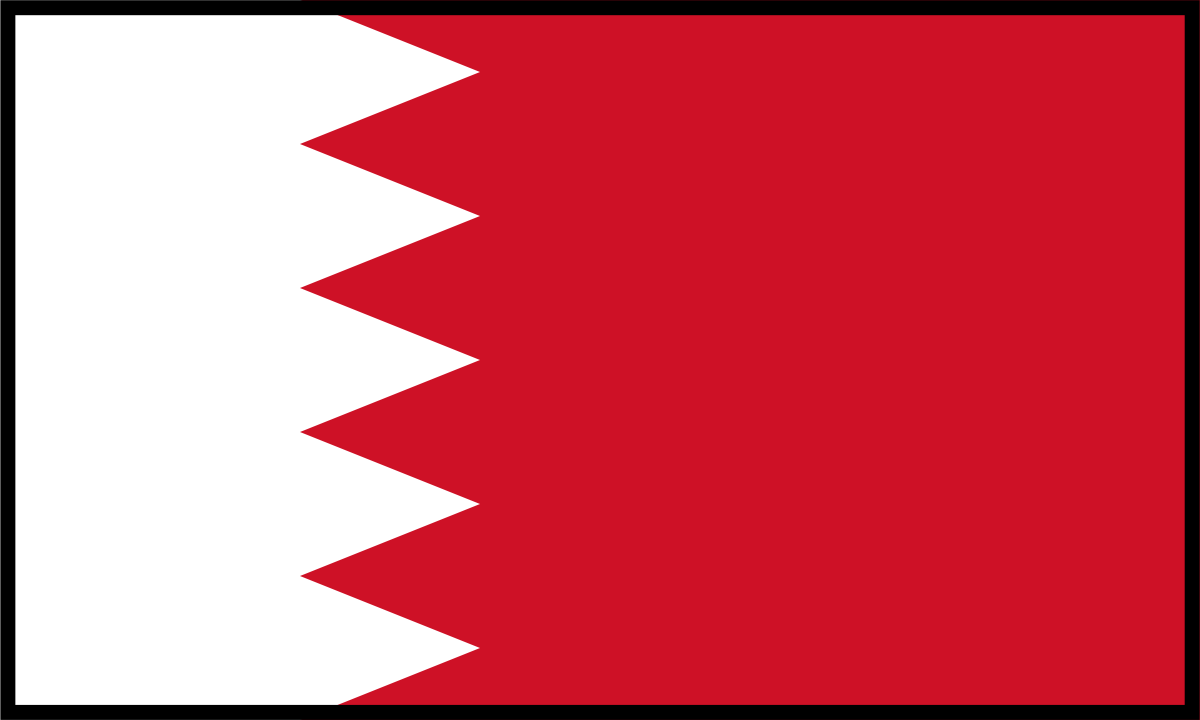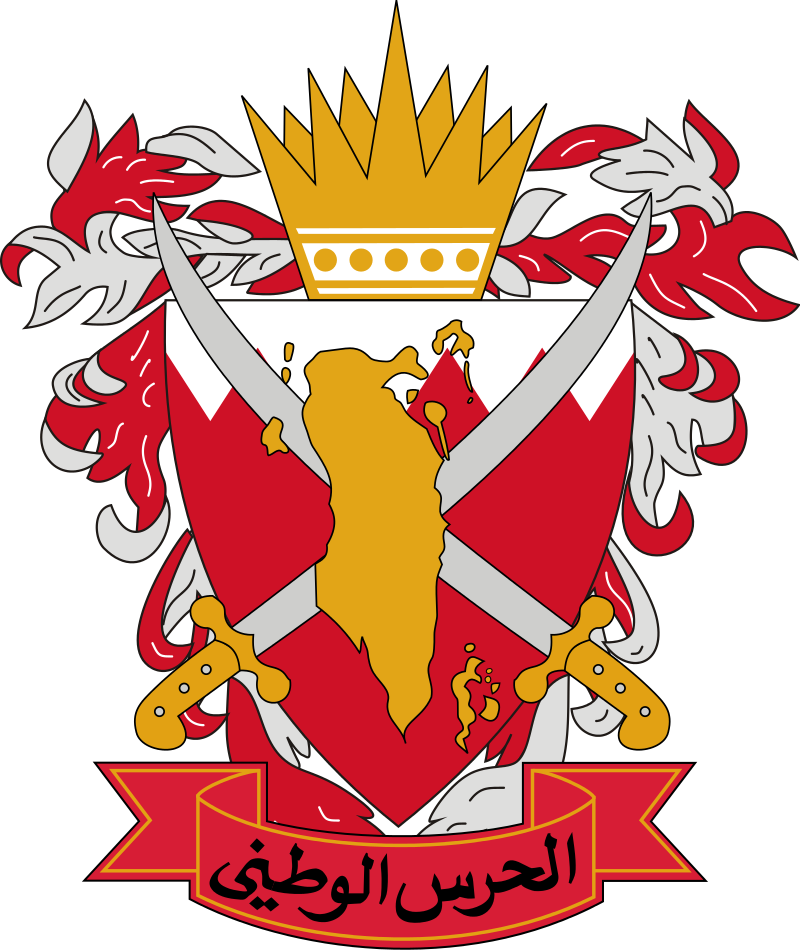전시관 내에서는 이어폰을 이용해주세요.
다문화박물관 바레인 1

Bahrain is a unique land with an ancient and storied culture that spans many centuries. Despite modernization and a cosmopolitan outlook, Bahrain is today essentially an Arabic culture. Relatively new pastimes like soccer share time with traditional arts like falconry, horse riding, hunting, and horse and camel racing.
In the thriving capital of Manama, traditional arts share the scene with the modern. Antiquities can be found at the Bahrain National Museum: ivory figurines, pearl jewelry, pottery, copper goods, and gold rings all share the stage. Elsewhere, there is a vibrant, though small, avant-garde art community keeping Bahrain on the cutting edge.
Bahrain is home to nearly 700,000 people. The population of Bahrain is marked by a thriving diversity and mounting growth. The significant ex-patriot community comprises nearly 35% of Bahrain’s inhabitants. Bahrain’s strong economic opportunities and attractive conditions continue to draw people from all over the world. Bahrain includes residents from Iran, India, Pakistan, the Philippines, Britain, and the United States, as well as citizens from a number of nations.
The Kingdom of Bahrain holds a unique place thanks to its geographic location in the Arabian Gulf and to its deep-rooted history of powerful civilizations. Both elements have blessed with one of the most liberal cultural heritages worldwide, making it, throughout the ages, a safe home for ethnically diverse inhabitants.
The National Flag:
The national flag of Bahrain is a white band on the left, with a red area on the right split by five triangles.
Red is the traditional color for flags of the Arab states of the Persian Gulf. The five points are for the five pillars of Islam.
It is very similar to the flag of Qatar, but that flag is darker, has more points, and is longer than the Flag of Bahrain.
The Oldest known flags of Bahrain were plain red. In 1820, Bahrain made a treaty with the United Kingdom. A white stripe was added to show the truce. In 1932, a saw-like edge was added to make the flag of Bahrain different from its neighbours.
The flag first had twenty-eight white points. This was changed to eight in 1972. In 2002 the number was changed to five. This was so that each of the points could stand for one of the Five Pillars of Islam.
In the thriving capital of Manama, traditional arts share the scene with the modern. Antiquities can be found at the Bahrain National Museum: ivory figurines, pearl jewelry, pottery, copper goods, and gold rings all share the stage. Elsewhere, there is a vibrant, though small, avant-garde art community keeping Bahrain on the cutting edge.
Bahrain is home to nearly 700,000 people. The population of Bahrain is marked by a thriving diversity and mounting growth. The significant ex-patriot community comprises nearly 35% of Bahrain’s inhabitants. Bahrain’s strong economic opportunities and attractive conditions continue to draw people from all over the world. Bahrain includes residents from Iran, India, Pakistan, the Philippines, Britain, and the United States, as well as citizens from a number of nations.
The Kingdom of Bahrain holds a unique place thanks to its geographic location in the Arabian Gulf and to its deep-rooted history of powerful civilizations. Both elements have blessed with one of the most liberal cultural heritages worldwide, making it, throughout the ages, a safe home for ethnically diverse inhabitants.
The National Flag:
The national flag of Bahrain is a white band on the left, with a red area on the right split by five triangles.
Red is the traditional color for flags of the Arab states of the Persian Gulf. The five points are for the five pillars of Islam.
It is very similar to the flag of Qatar, but that flag is darker, has more points, and is longer than the Flag of Bahrain.
The Oldest known flags of Bahrain were plain red. In 1820, Bahrain made a treaty with the United Kingdom. A white stripe was added to show the truce. In 1932, a saw-like edge was added to make the flag of Bahrain different from its neighbours.
The flag first had twenty-eight white points. This was changed to eight in 1972. In 2002 the number was changed to five. This was so that each of the points could stand for one of the Five Pillars of Islam.
00:00
01:50
26
다문화박물관 바레인 1


